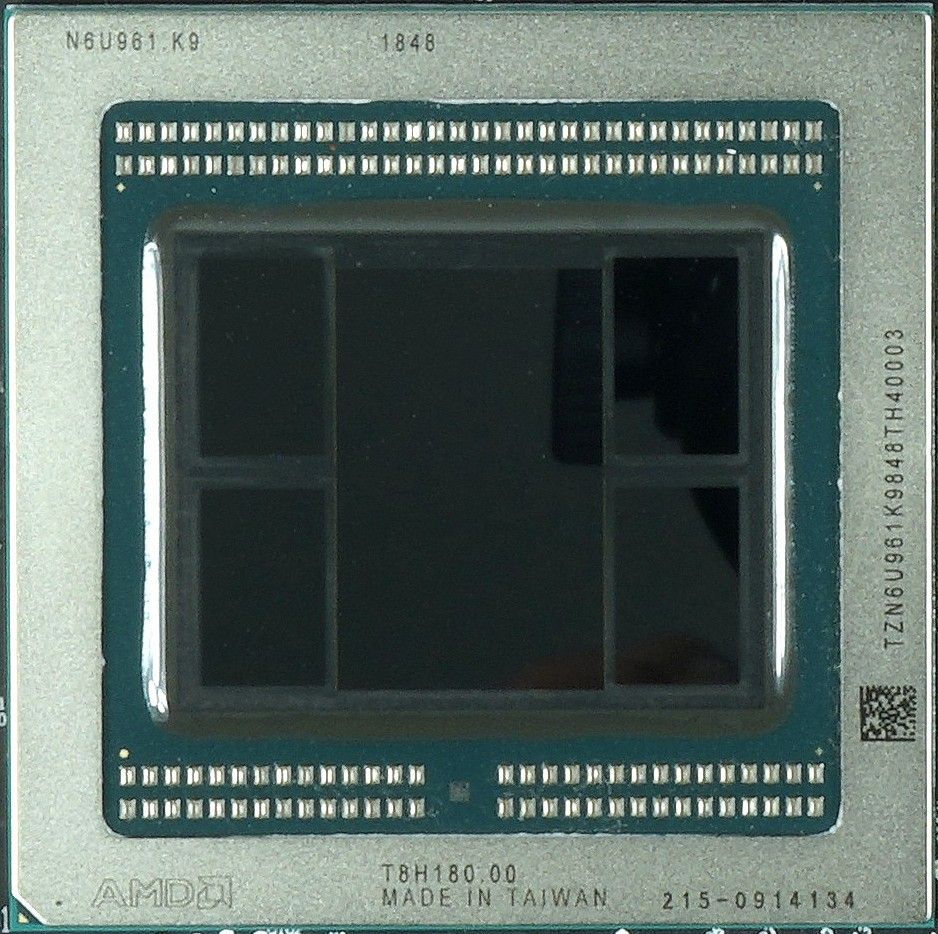Micron's latest earnings report also includes information that the company will soon begin production of High Bandwidth Memory (HBM2). Although it seems a little late for this, Micron's presence in the storage market is likely to leave a positive impression on the end customer. Micron announces that it is working with Samsung and SK Hynix to produce this high-bandwidth storage, which is a high-performance 2.5D stack storage alternative to GDDRx, commonly found in NVIDIA GPUs and many AMD products.
The HBM was developed as an internal project within AMD and dates back to 2015, when AMD released its Fiji-based GPU family. Since then, the HBM has been further developed up to today's HBM2, which first appeared in AMD's Vega GPUs. HBM is designed to reduce the overall space requirement of logic modules by implementing the memory on the logic chip itself instead of using PCB space, and reduce power consumption by lower clocks and compensation by a wider bus, which in turn allows for a higher bandwidth. By merging these aspects, HBM enables smaller form factor components along with reduced temperatures, resulting in smaller and less complicated cooling solutions.
However, the first generation of HBM also had significant drawbacks. Each HBM-enabled GPU had a 4GB VRAM limit. The second generation of the HBM2 aimed to solve this problem, and the introduction of AMD's Radeon Vega increased the total storage capacity to 8 GB to 32 GB. Although the HBM comes from AMD, NVIDIA has also chosen to use this storage technology in its own GPUs and in professional or professional server graphics cards such as the Tesla V100 and the Titan V.
With the announcement of Micron's high-bandwidth storage production, consumers could end up with a general reduction in the price of graphics cards if the memory manufacturers only compete with each other. HBM2 memory is significantly expensive, but if competition leads to lower prices, more memory could be integrated into a GPU without breaking the price window.
Source: wccftech






























Kommentieren